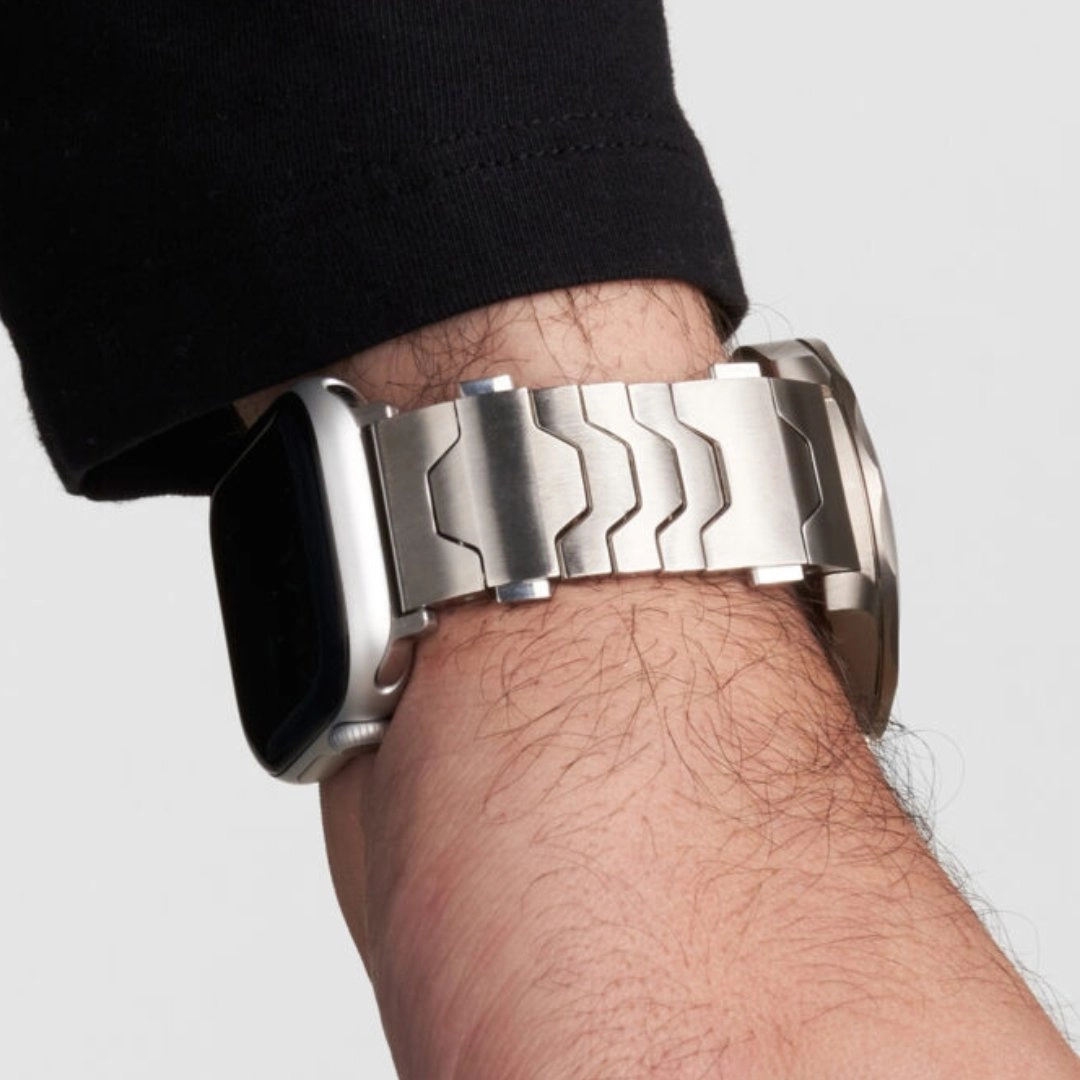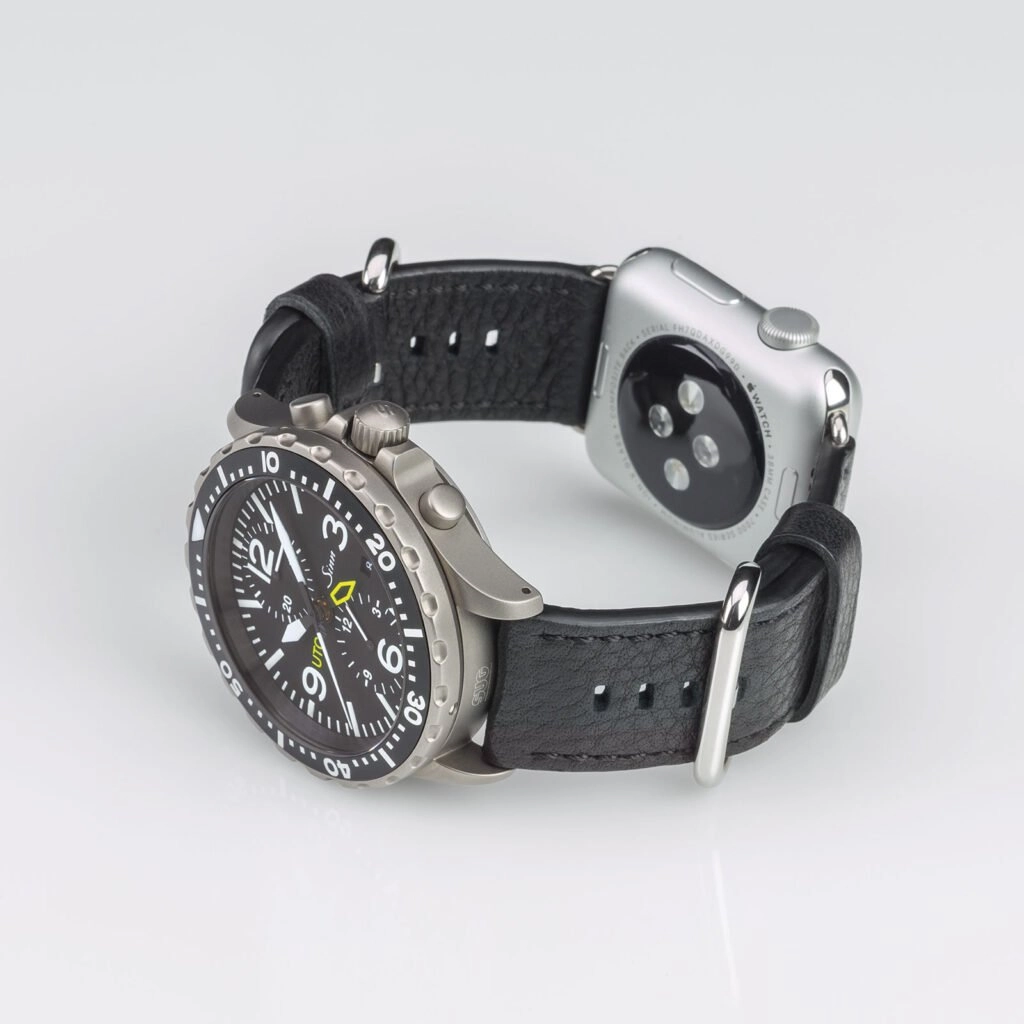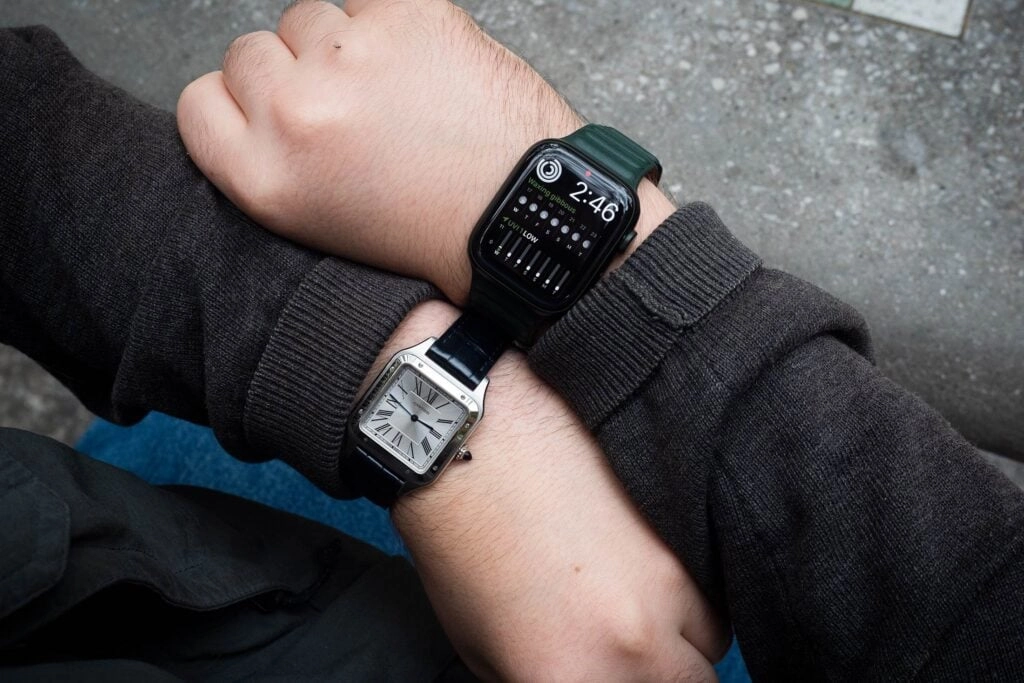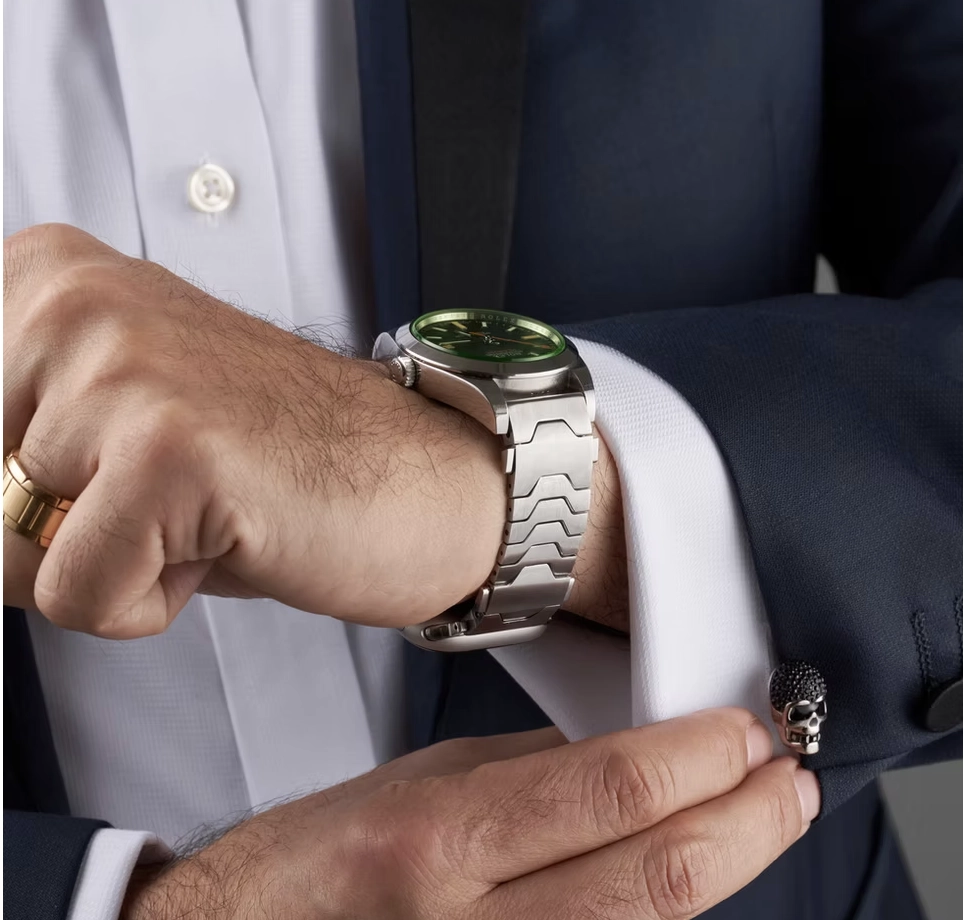Can a Dual-Watch Bracelet Change the Watch Industry?
Opinion
In a horological world rooted in tradition, change is often subtle and evolutionary rather than seismic. Yet, as technology continues its relentless advance, the intersection of mechanical watches and smartwatches poses a compelling conundrum. One of the more eyebrow-raising solutions to emerge recently is the dual-watch bracelet, a strap designed to allow enthusiasts to wear both a mechanical timepiece and an Apple Watch on the same wrist.

The concept isn't brand new, but the latest iteration by Smartlet has reignited debate over its potential to shift the way we wear and think about watches.
A Personal Experiment: Combining the Traditional and the Digital
Almost a decade ago, I personally dabbled in this hybrid-wearing experiment. I bought leather strap made by Sinn, one of the earliest serious attempts to elegantly integrate a mechanical watch with an Apple Watch on the same wrist. At the time, it felt innovative, a clever compromise between heritage and modernity. For a while, I wore it with satisfaction, both appreciating the analog artistry of my traditional timepiece and the digital utility of my Apple Watch.

But as the months went by, the novelty wore off. Eventually, the strap and the Apple Watch took a back seat. Today, my default is a mechanical watch. Occasionally, the Apple Watch finds its way onto my wrist during workouts, where its fitness tracking truly shines. My experiment echoed what many collectors might feel: while practicality has its place, passion still lies in tradition.
A Family Friend’s Approach: Two Wrists, Two Worlds
Others in my circle have taken a different route. A family friend of mine, a serious collector, confidently wears his perpetual calendar Audemars Piguet Royal Oak on his left wrist and straps on an Apple Watch on his right. To him, there's no conflict. One is a piece of art, craftsmanship, and history. The other is a digital assistant, a tool. They coexist, not compete.

Photo courtesy of Hodinkee
His approach, though not universal, highlights a broader cultural shift. The Apple Watch has matured from a novelty into a utilitarian staple for many, one that can live alongside rather than replace a traditional watch. This dual-wrist lifestyle is not uncommon. Fitness trackers like the WHOOP band are frequently seen on the right wrist of even the most traditional watch collectors.
The Rise of the Smartlet Dual-Watch Bracelet
The idea behind Smartlet's dual-watch bracelet is simple: instead of dividing attention across both wrists, why not unify it on one? This approach tries to resolve the aesthetic imbalance some feel when pairing a Rolex on one wrist and a silicon-strap smartwatch on the other. It is a logical next step for those who want both digital convenience and mechanical beauty, and perhaps also a nod to symmetry lovers.

That said, this solution is polarizing. Watch purists may scoff, likening it to mounting a spoiler on a Bentley. Meanwhile, tech-focused consumers might wonder why anyone would still wear an analog watch in the first place. The hybrid strap sits at the intersection of these two worlds, trying to serve both but possibly pleasing neither entirely.
Practicality Versus Passion
At its core, the question isn’t about feasibility. It is about emotion. Mechanical watches are, for many, emotional objects. They're heirlooms, tokens of achievement, or simply an indulgence in craftsmanship. Smartwatches, by contrast, are tools, software-first, designed to be updated, replaced, iterated.
Strapping them together, then, may feel like pairing a violin with a Bluetooth speaker. Technically possible, but philosophically jarring.
Moreover, practical concerns arise. How comfortable is such a strap during daily wear? Will it age gracefully, or feel outdated in six months when Apple releases a new model? Does it compromise the look and feel of the mechanical watch?
The Future of Dual-Wristwear
While Smartlet’s bracelet might not change the industry overnight, it represents a shift in thinking. It acknowledges that smartwatches are here to stay and that many mechanical watch wearers don’t want to abandon their heritage. It also reflects a more utilitarian attitude emerging among younger collectors who value versatility and data as much as design and tradition.
Still, mass adoption seems unlikely. Most high-end watch collectors will continue to separate their passions, mechanical on one wrist, digital on the other, or switching between them depending on context. The hybrid strap is likely to remain a niche product, embraced by a few, admired by some, and ignored by most.
Conclusion
Ultimately, the dual-watch bracelet won’t redefine the industry, but it does reflect an important evolution. As the lines blur between analog art and digital utility, the ways we wear and value watches will continue to evolve. For some, the hybrid bracelet is a clever compromise. For others, it's an uncomfortable middle ground. But in a world increasingly shaped by personal expression, maybe there’s room for both, even on the same wrist.